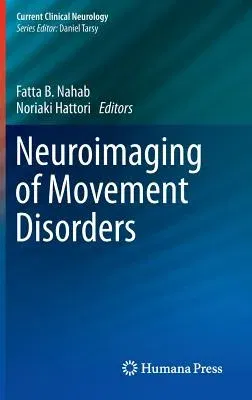In the diagnosis and treatment of movement disorders, the use of
neuroimaging has expanded widely and has been an exciting, important
modality for unlocking the causes of abnormal motor control. With ever
improving machinery, data collection techniques and analysis methods,
researchers are now being presented with an exponentially increasing
amount of data that they must wade through and interpret in the context
of existing knowledge about movement disorders.
In Neuroimaging in Movement Disorders, the editors have produced a
gold-standard resource that brings together an impressive international
group of authorities in their respective fields to outline the current
state of knowledge. Controversies, such as conflicting findings and
methodological limitations, are covered and provide the reader with a
comprehensive yet pragmatic understanding of the state of science. The
chapters offer both comprehensive reviews of various neuroimaging
methods and also more in-depth summaries of the contributions made by
neuroimaging in individual movement disorders. Although many of the
neuroimaging methods that are discussed have not been routinely used in
clinical practice, the authors skillfully provide the reader with
adequate detail to understand the requirements for using these methods
and in some cases even the starting knowledge to begin local
implementation. Neuroimaging in Movement Disorders is an indispensable
reference that will be of value to all physicians and researchers
involved in the care of patients with movement disorders.

